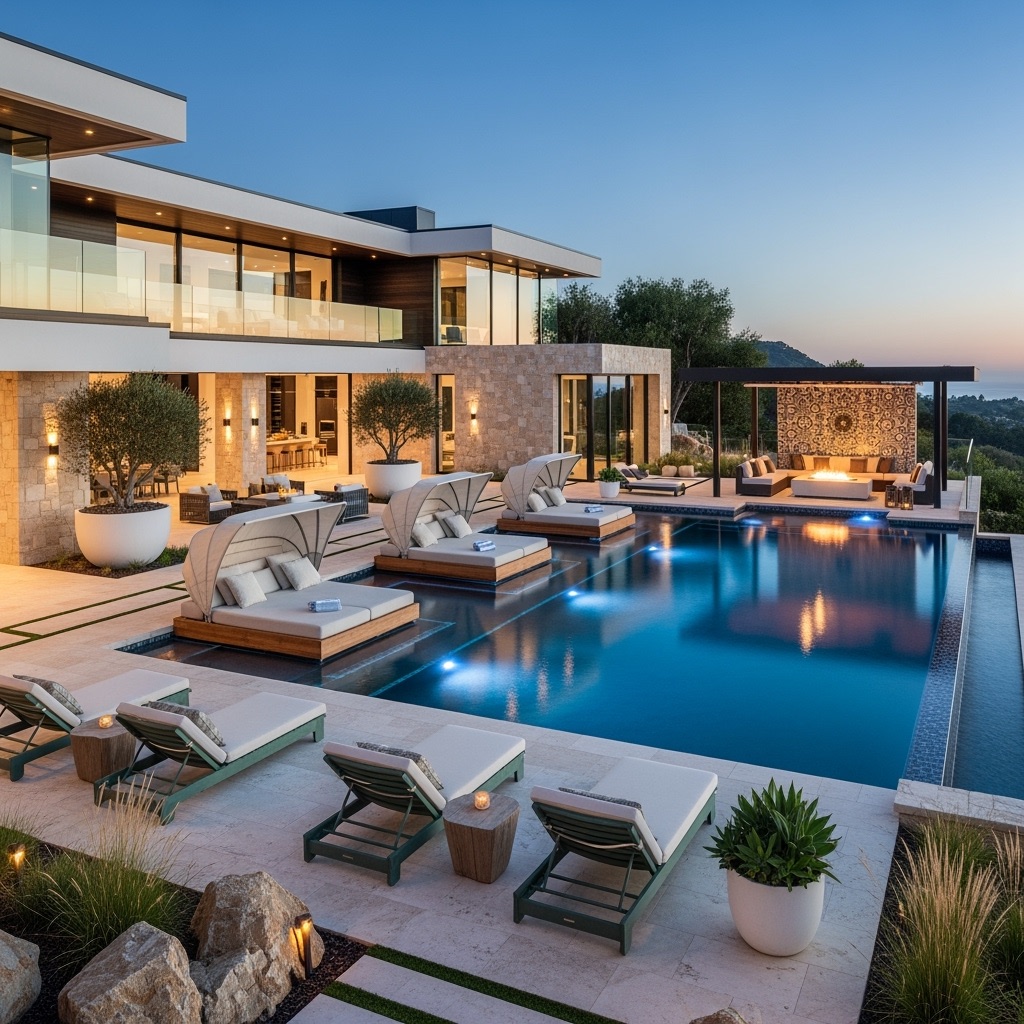Last updated on
Explore the benefits and drawbacks of dimmable versus non-dimmable kitchen lights to make an informed decision on illuminating your cooking space.
The kitchen is the heart of every home. It’s where delicious meals are cooked, family members gather, and memories are made.
Lighting plays a crucial role in creating the right ambiance for your kitchen space. But with so many options available in the market, it can be challenging to choose the right type of lighting for your needs.
One of the most significant decisions you’ll have to make is whether to go for dimmable or non-dimmable kitchen lights. In this article, we’ll explore the pros and cons of both options to help you make an informed decision that will enhance your cooking experience and create a warm and welcoming atmosphere in your kitchen.
Key takeaways:
- Dimmable lights allow you to control light intensity for different moods.
- Non-dimmable lights provide consistent lighting and are budget-friendly.
- Dimmable lights are more energy-efficient but require compatible bulbs and fixtures.
- LED bulbs offer maximum energy savings for dimmable lighting.
- Dimmable lights require compatible dimmer switches for installation.
What's Inside
Dimmable Kitchen Lights
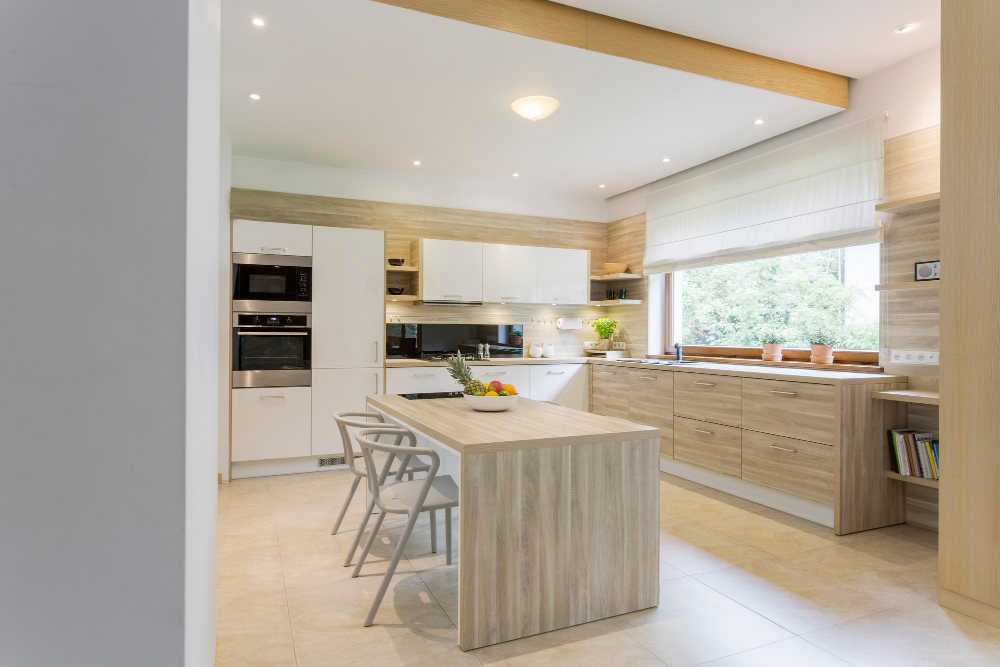
Dimmable kitchen lights are a popular choice for homeowners who want to create a cozy and inviting atmosphere in their cooking space. These lights come with adjustable brightness levels, allowing you to control the intensity of light according to your needs.
Dimming your kitchen lights can help set the mood for different occasions, from romantic dinners with your partner to family gatherings or even when you need some alone time.
One of the significant advantages of dimmable kitchen lighting is that it allows you to save energy by reducing power consumption when full brightness isn’t necessary. This feature also helps extend bulb life and reduce replacement costs over time.
However, there are some drawbacks associated with dimmable lighting as well. For instance, not all types of bulbs work well with dimmer switches; therefore, it’s essential first to check if they’re compatible before making any purchases.
Non-Dimmable Kitchen Lights
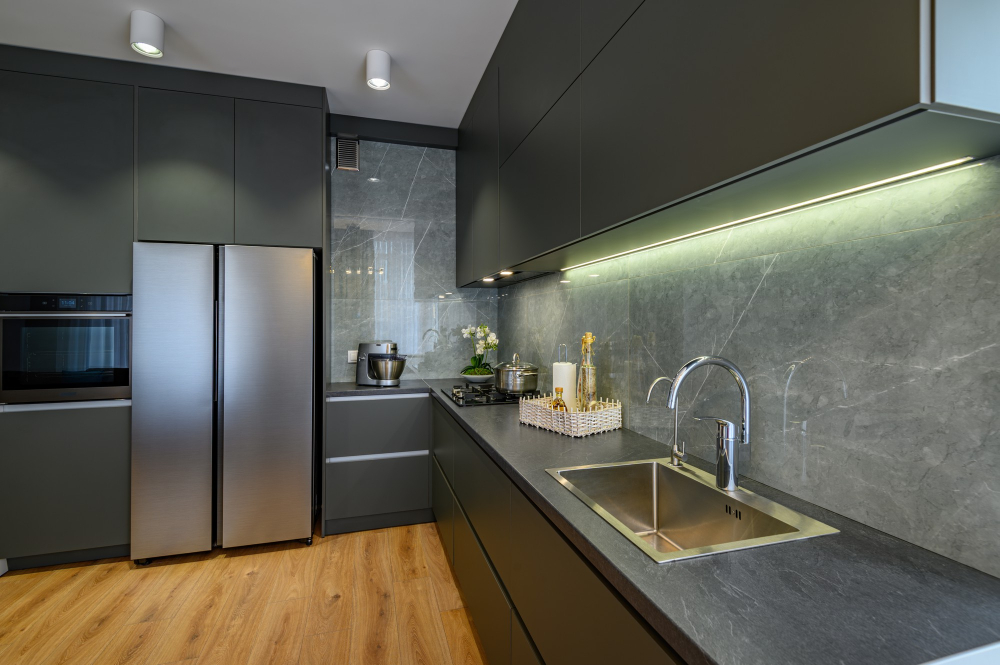
These lights come with a fixed brightness level, which means that you cannot adjust the light intensity according to your needs. Non-dimmable kitchen lights are usually less expensive than their dimmable counterparts, making them an attractive option for those on a budget.
One of the main advantages of non-dimmable kitchen lights is that they provide consistent lighting throughout your cooking space. This can be especially useful if you have specific areas in your kitchen where you need bright and focused lighting, such as above the stove or sink.
However, one significant drawback of non-dimmable kitchen lights is that they do not offer any flexibility when it comes to creating different moods or ambiance in your cooking area. If you’re looking for more control over how much light enters into space at different times during the day or night, then non-dimmable options may not be suitable for you.
Pros and Cons of Dimmability
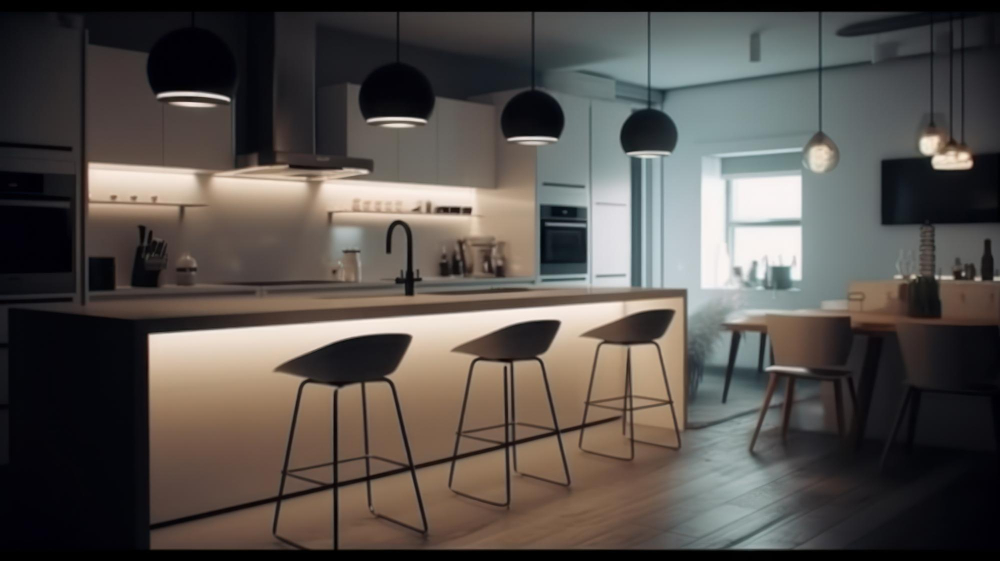
One of the most significant advantages is the ability to control light intensity, which allows you to create different moods and ambiance in your kitchen space. Dimming your lights can also help reduce energy consumption and extend bulb life, saving you money on electricity bills.
However, there are some drawbacks to consider when choosing dimmable lighting for your kitchen. For instance, not all types of bulbs are compatible with dimmer switches; therefore, it’s essential to ensure that both components work together before installation.
Another disadvantage is that dimming may cause flickering or buzzing sounds in some fixtures if they’re not designed for low-level lighting. This issue can be resolved by purchasing high-quality bulbs and fixtures specifically designed for use with a dimmer switch.
Energy Efficiency Comparison

Dimmable lights are more energy-efficient than non-dimmable ones because they use less electricity when set at lower levels of brightness. This means that you can save money on your electricity bill by using dimmer switches to control the amount of light in your kitchen.
Nonetheless, if you’re looking for maximum energy savings, LED bulbs are a better option than traditional incandescent or halogen bulbs. They consume less power and last longer while providing bright illumination even when used with a dimmer switch.
It’s worth noting that some types of lighting fixtures may not be compatible with certain types of bulbs or dimming systems.
Installation Differences
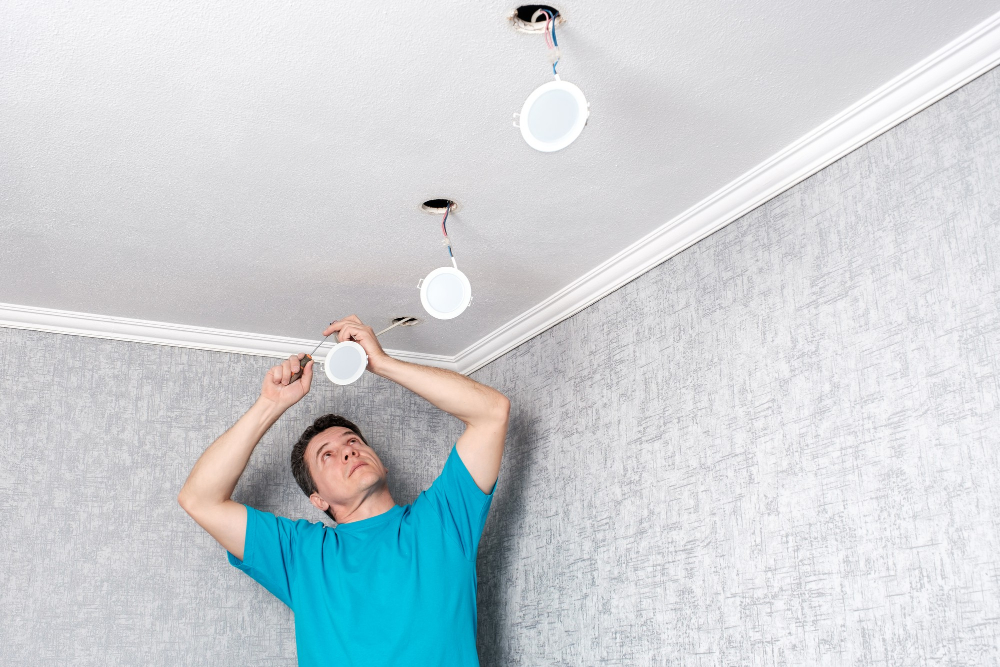
Dimmable lights require a compatible dimmer switch that can regulate the amount of electricity flowing through the circuit. This means that if you’re upgrading from non-dimmable to dimmable lighting, you’ll need to replace your existing switches with ones designed for this purpose.
On the other hand, non-dimmable lights don’t require any special installation procedures or equipment. They can be installed using standard wiring methods and switches like any other light fixture in your home.
It’s important to note that while installing dimmer switches may seem like an added expense and hassle upfront, they offer greater flexibility in controlling your kitchen’s lighting levels over time.
Cost Analysis

The added technology and features that allow for dimming capabilities come at a higher price point. However, the long-term savings on energy bills can make up for the initial investment in some cases.
Non-dimmable kitchen lights are typically less expensive upfront but may end up costing more in electricity usage over time if they’re not energy-efficient. It’s essential to consider your budget and long-term goals when deciding which type of lighting is best suited for your needs.
It’s also worth noting that installation costs may vary depending on whether you’re retrofitting existing fixtures or installing new ones altogether. Dimmer switches will need to be installed with dimmable lights, adding an extra expense compared to non-dimmable options where standard switches suffice.
Light Control Options

Dimmable lights offer more flexibility in terms of light intensity, allowing you to adjust the brightness according to your needs. This feature is particularly useful during meal preparation or entertaining guests, where you may want a brighter light for cooking and a softer one for dining.
Non-dimmable lights, on the other hand, have limited control options as they only provide full illumination at all times. However, some non-dimmable LED bulbs come with built-in switches that allow you to change their color temperature from warm white (2700K) to cool daylight (5000K).
This feature can be helpful if you want different lighting effects throughout the day or depending on your mood.
Ultimately, it’s up to personal preference whether dimmability or color temperature adjustment is more important in your kitchen space. Consider how much control over lighting ambiance matters before making a final decision on which type of fixture best suits your needs and budget constraints.



